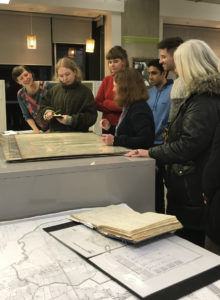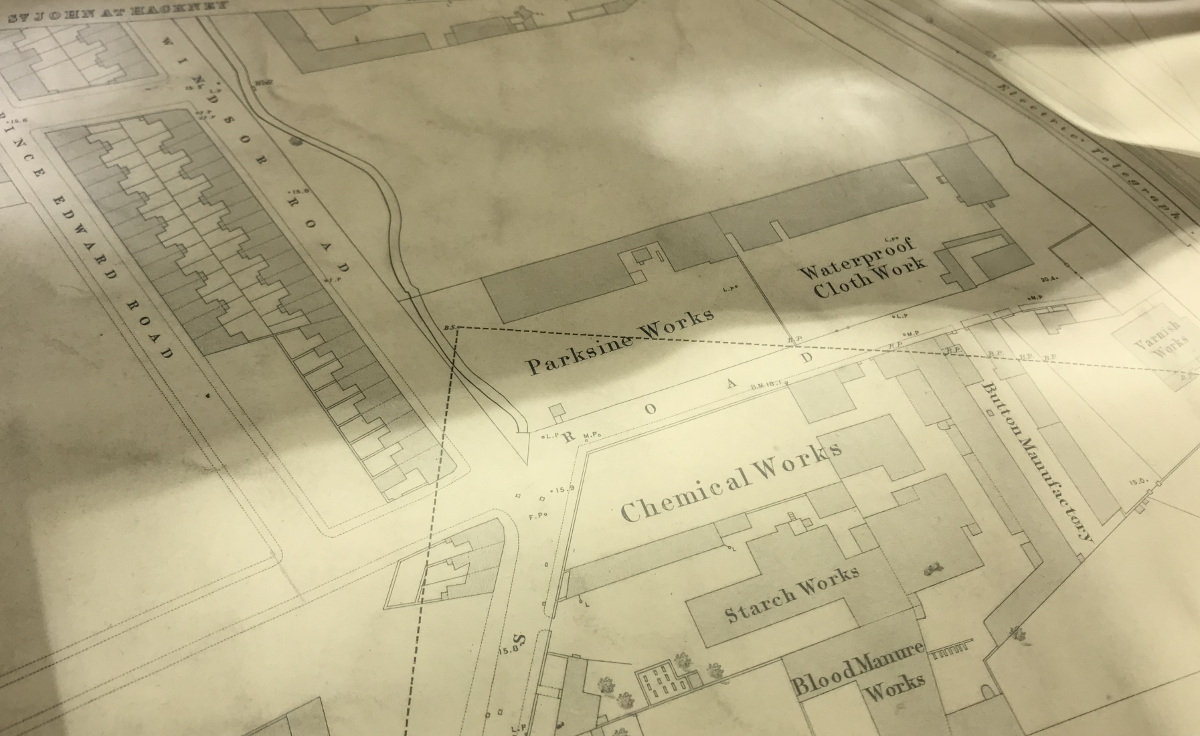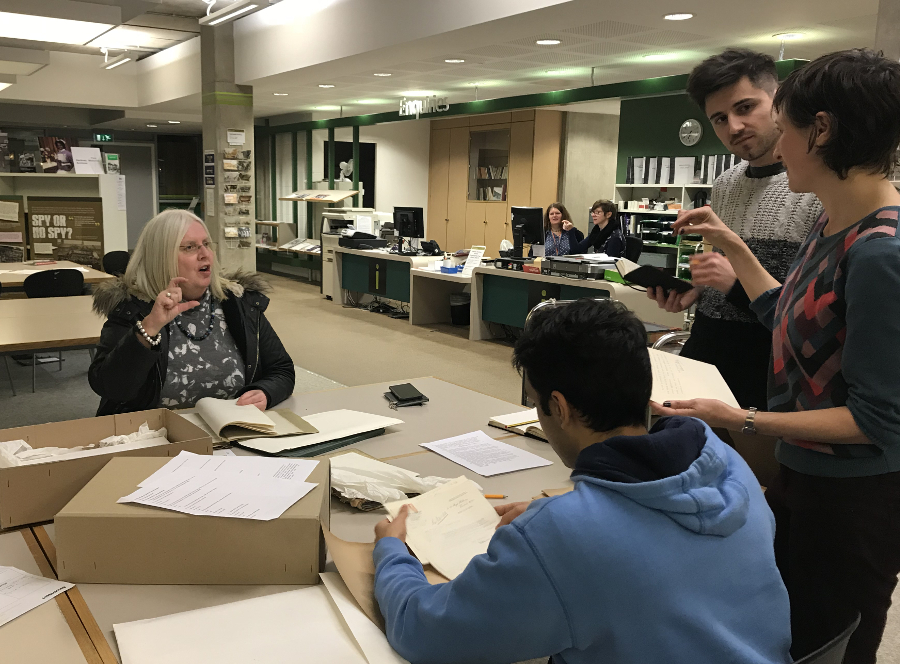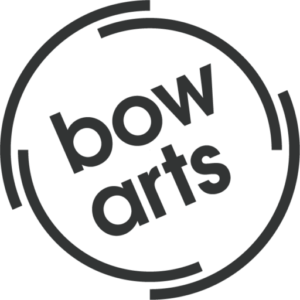A first meeting for the steering group to begin our research for Raw Materials:Plastics
Is time able to stop, to divert within the city? Are there places which allow us to freeze the frenzy of a chaotic life, using history to distort the perception of hours flowing and slipping away from us? Spaces which facilitate our smooth move through time and a feeling of wholeness within it? These questions kept popping up in my mind while browsing around the records and skimming through dusty historical written artefacts, at our visit at Hackney Archives, our first approach to the Raw Materials: Plastics project as a steering group.

As our first visit, this was an opportunity to get to know each other and understand more about the project before really delving into the Lea Valley’s plastics history. Archivist Elizabeth Green introduced us to the Hackney Archives collection, which comprises all the records, diaries, personal papers, photographic and audio-visual documentation related to the London Borough of Hackney, which are here stored and preserved, and can be accessed by the public. With the oldest piece dated 1356, and the majority of the collection ranging from 17th century to 20th century, the archives represent a unique and rich source of Hackney stories, through local studies, online database and survey maps.

Detail of map held by London Borough of Hackney Archives
The first ‘find’ of our research mission was quite impressive. We managed to access two maps from 1870s, which clearly showed the location of the Parkesine Works factory in Hackney Wick, the first site ever to produce plastics, together with an adjacent Waterproof Clothing Works. We later discovered that this waterproof clothing works was owned by the brother of Daniel Spill, who was the former works manager of the Parkesine Works factory – and also the person who took over when Alexander Parkes’ own venture went into administration. We went through papers, journals, price lists and several patents which demonstrated the popularity this discovery had acquired in the short term, both locally and internationally. In fact, what really struck us was the diversity of uses this material was immediately tested with, with pen tubes, polarised lights and even dolls faces seeming the most requested items on the market.

Despite only spending a few hours in the archive, this first attempt at digging into the plastics history of the Lea Valley demonstrated the importance of this material within the socio-economic and cultural fabric of the area and it raised our interest in coming back to explore in more detail and unveil further stories.
Massimo Iannetti – Steering Group member, Raw Materials: Plastics
